The Aircraft-Spotter’s Film and Television Companion
“C-119G, N15501, was the flying aircraft in the film seen in the opening titles, oil-camp scene and takeoff. Originally built as one of thirty-five C-119F Flying Boxcars for the RCAF from 1952, they were all upgraded to ‘G’ standard before their final retirement in 1967.”
So you’re a movie fiend. Ever heard of that 1973 nail biter Ace Eli and Rodger of the Skies? Probably not—unless you happen to be researching the early history of the then utterly unknown Steven Spielberg who was the screenwriter.
Simon Beck has combed through 350 feature-length films and TV series and shows that have “sizeable aeronautical content” to shake out their airplane data, doing the Sisyphus work that so many us who watch a movie that features an aircraft we can’t identify wish someone would find/take the time to do!
It has taken him years, and thorough as the book it is there are obviously thousands more films and shows that didn’t make the cut—this time around. In many instances, Beck’s analysis is as granular as the quote above, in other cases even he finds nothing more to say than, for instance about Pushing Tin, “Mildly entertaining, kept mainly afloat by the star quality of the cast. Features some good air traffic control sequences and a scattering of various airliners in action. Can’t really say much else.”
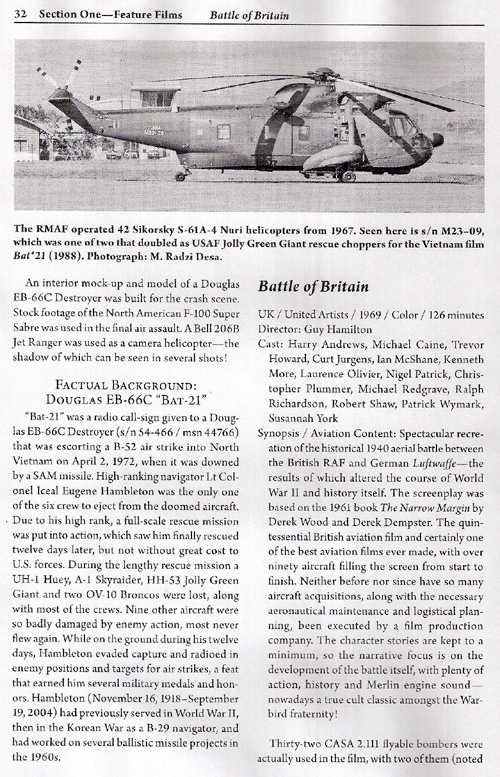 Even if you don’t see yourself whipping out this book every time you need an answer while watching a movie (but you will once you make a habit of remembering) realize that it contains plenty of tidbits on the general-interest level for anyone curious about the inner workings of movies—where do movie planes comes from, what happens to them afterwards, are they replicas (and who made those??), how scenes were shot etc. etc.
Even if you don’t see yourself whipping out this book every time you need an answer while watching a movie (but you will once you make a habit of remembering) realize that it contains plenty of tidbits on the general-interest level for anyone curious about the inner workings of movies—where do movie planes comes from, what happens to them afterwards, are they replicas (and who made those??), how scenes were shot etc. etc.
But, ultimately, it is the data hounds for whom this book will be a serious tool and not just an entertaining diversion. Aviation historians, for instance, will appreciate that Beck has managed to solve several long-standing riddles regarding the identities of certain aircraft (not least the ones related to the quote above, from The/Flight of the Phoenix [two different movies]) or that he strives to establish accurate serial or registration numbers (consider that WW II-era movies intentionally obscured or altered them) and points out build features that indicate a replica or modifications to fit a movie configuration or attain airworthiness. If applicable, filming locations are given Google Earth coordinates.
Section 1 covers feature films in alpha order, section 2 TV series, and if that was all the book did it’d be a winner. Section 3 makes it a proper reference-level tool: a 100-page listing by manufacturer, bristling with tables and cross-references. One Appendix lists Aviation Film Pilots and Technicians and two others examine the inventories of two aviation film companies, Tallmantz Aviation and Blue Max Aviation. Even the film appearances of US aircraft carriers are broken out, and source and bibliographic material is listed.
If the book is missing anything it’d be a hardcover because it’ll wear out from use!
Beck, a New Zealander with a life-long passion for aviation and cinema history who works in the television industry, may well be familiar to readers: he presides over two eminently useful web projects, one about USAF/USN military aircraft from World War II to the present and another dedicated to the history and preservation of the world’s first purpose built, twin-boom cargo transport.
Copyright 2016, Sabu Advani (speedreaders.info)


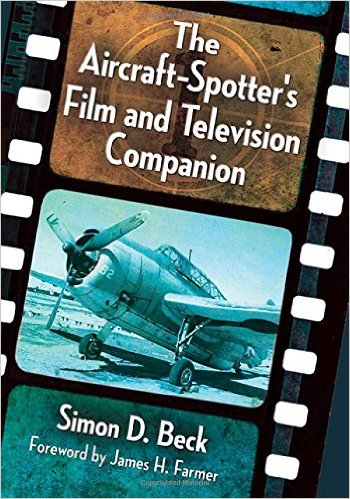
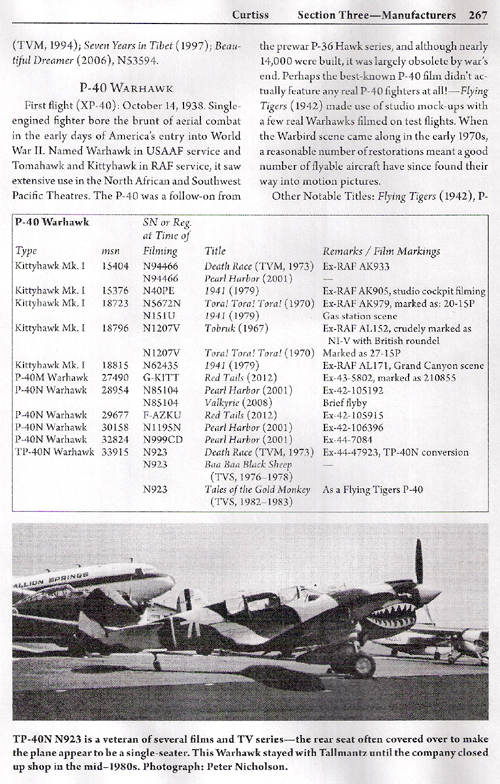
 RSS Feed - Comments
RSS Feed - Comments


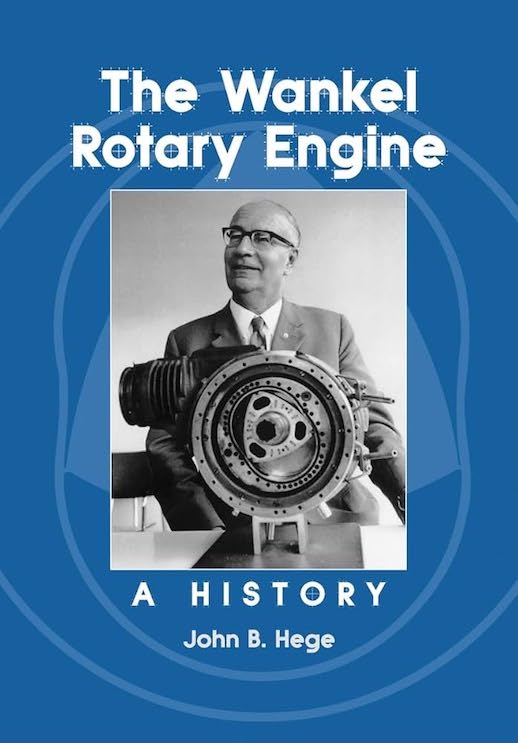
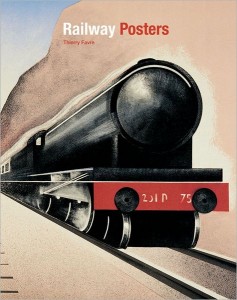
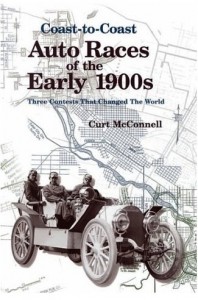
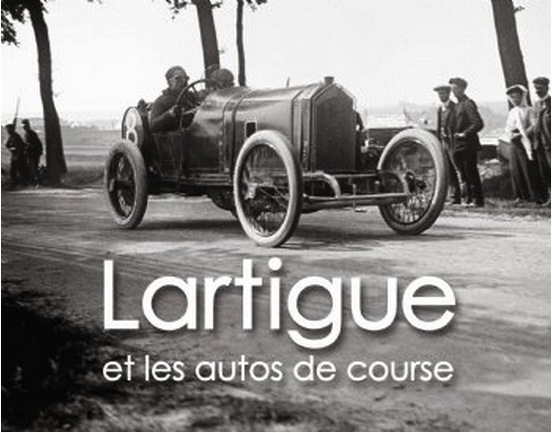
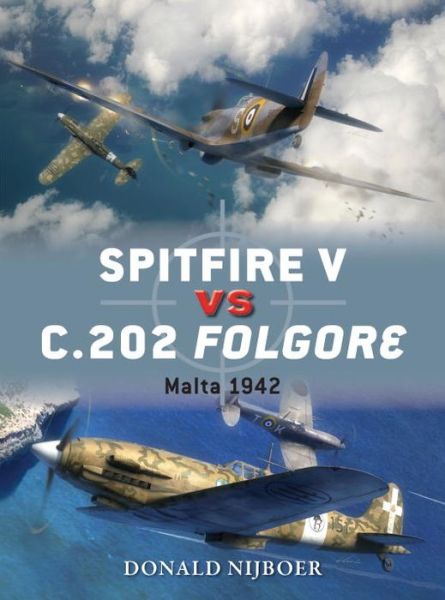

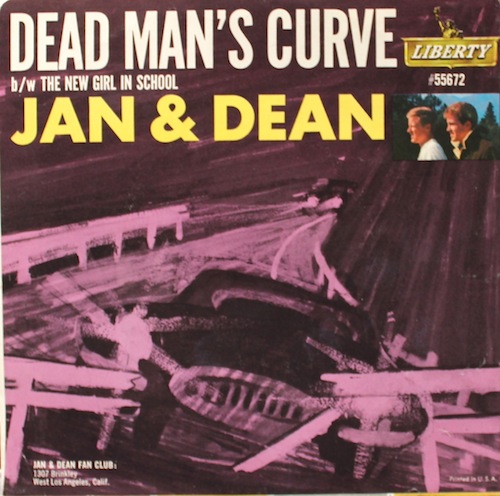
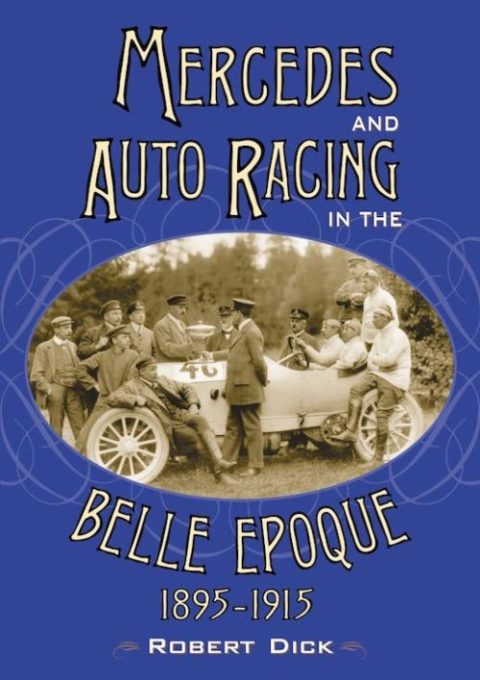
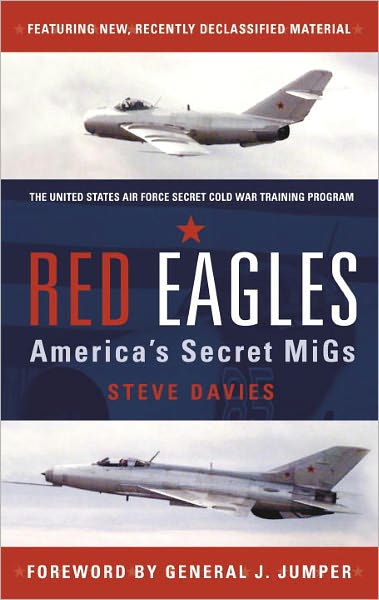
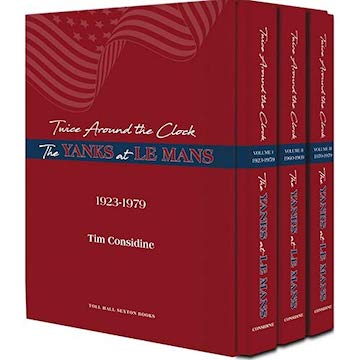



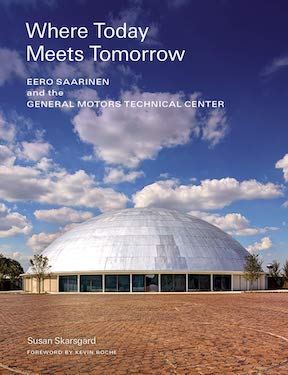
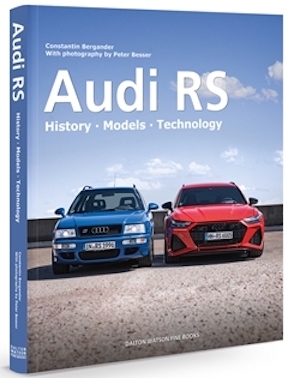
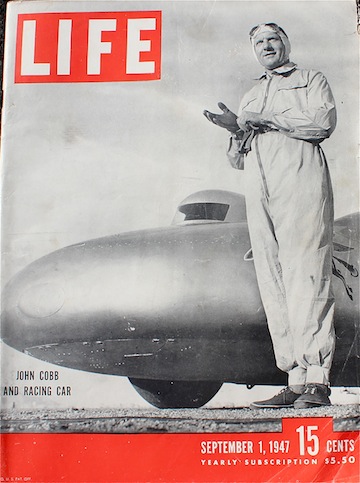

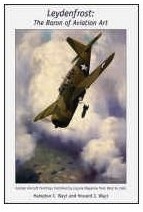

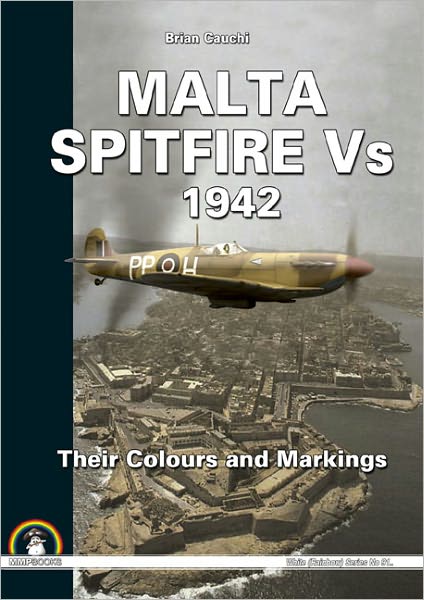

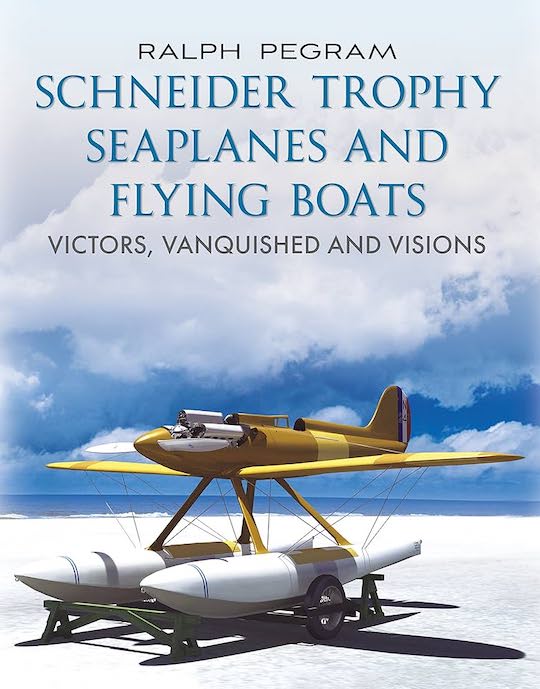
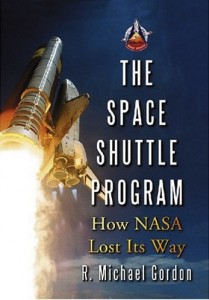

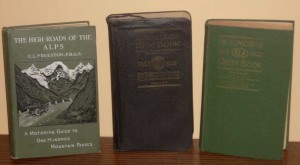

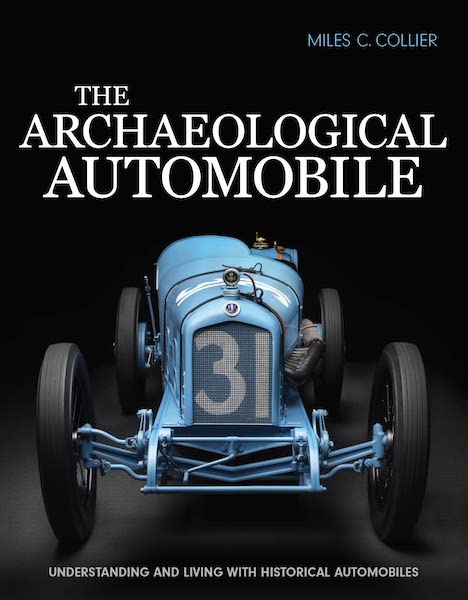

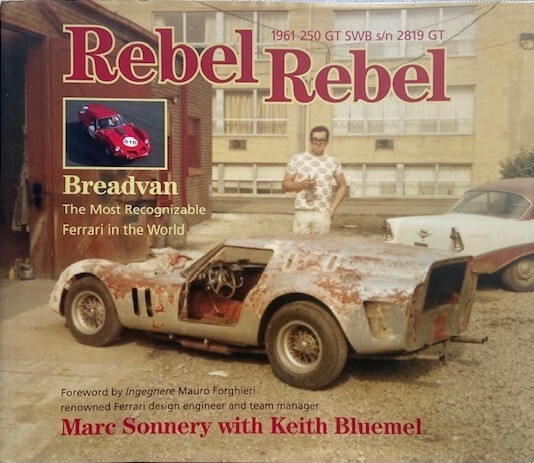
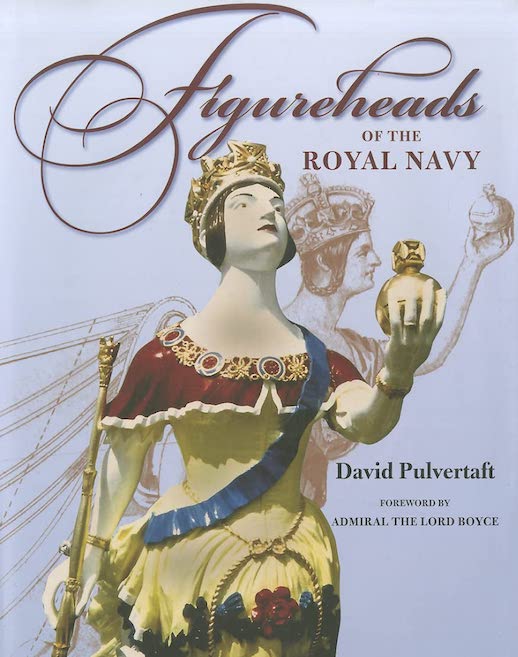
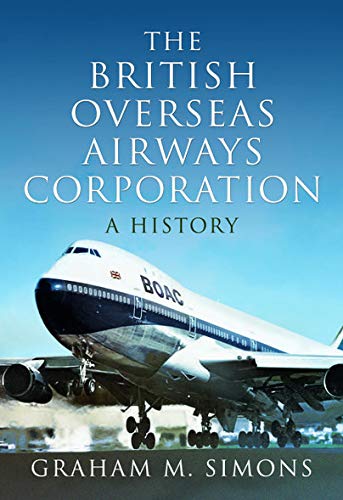


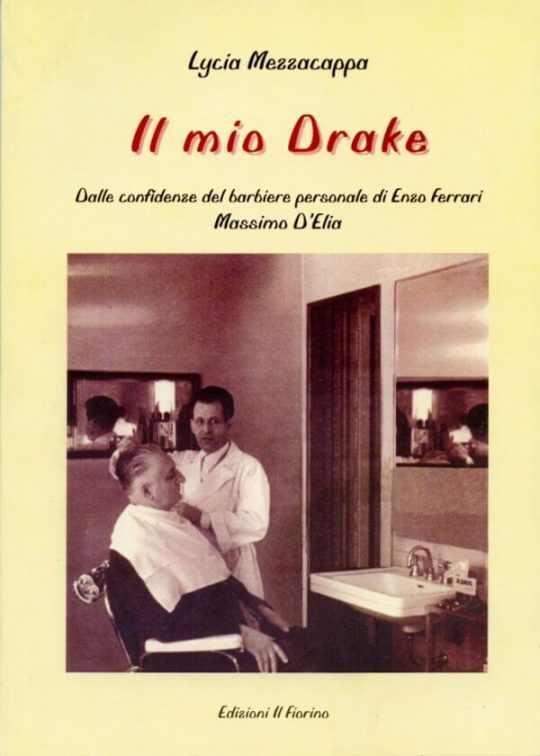
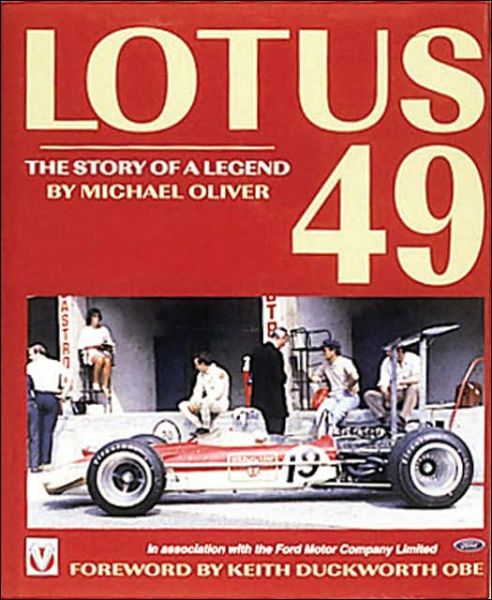
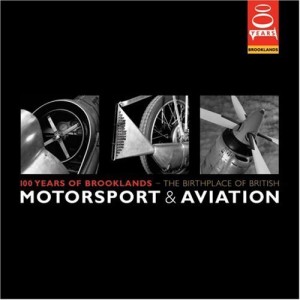
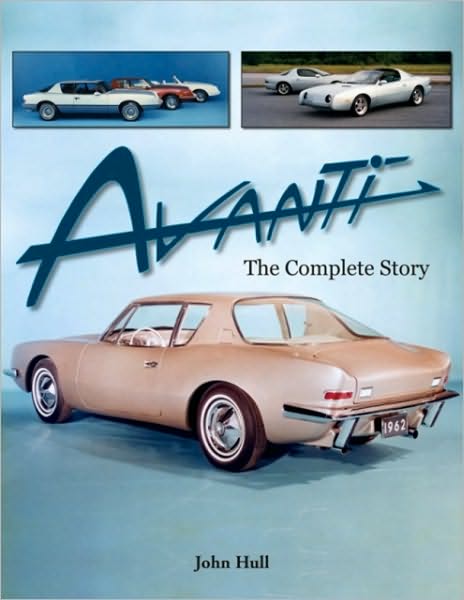
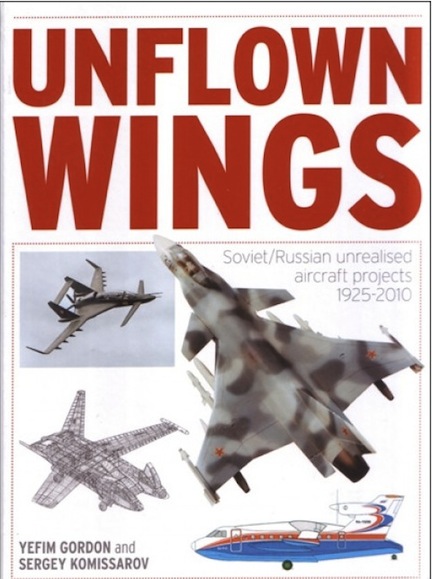

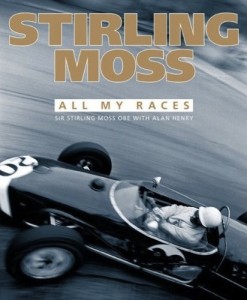
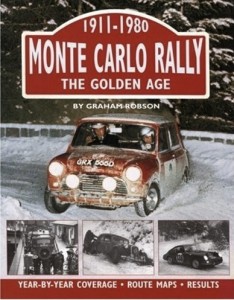
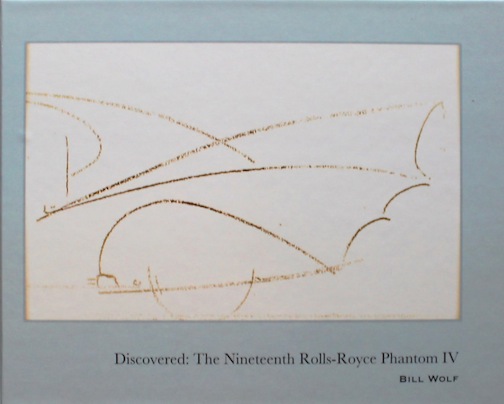
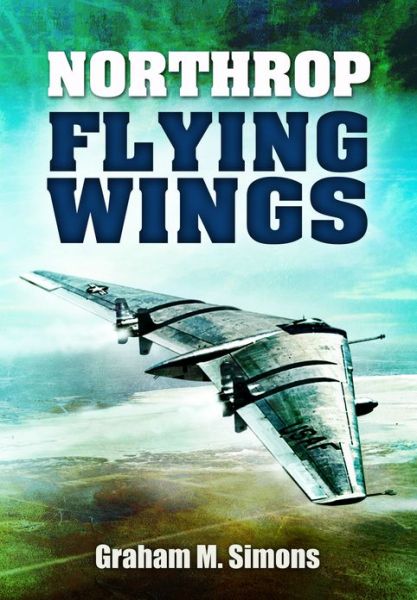
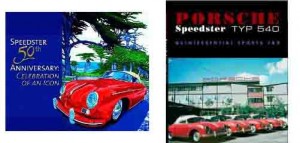

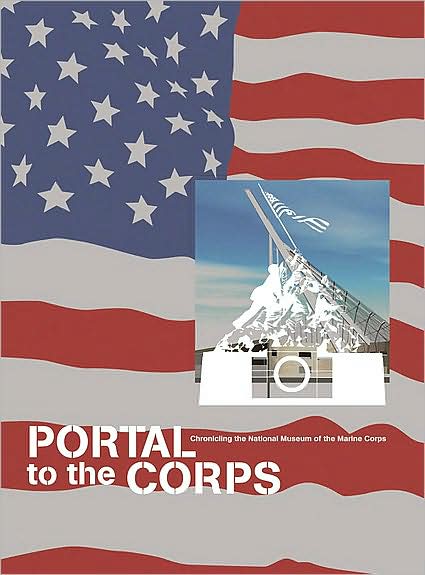
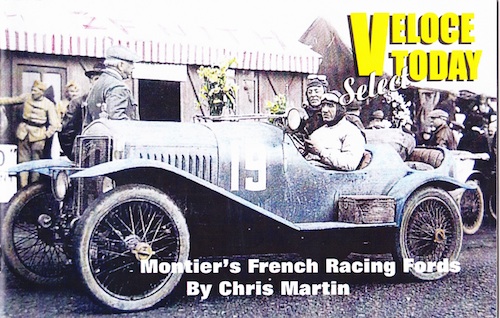

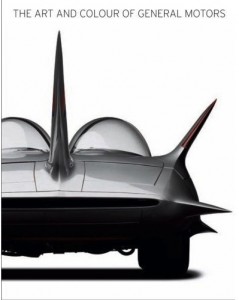

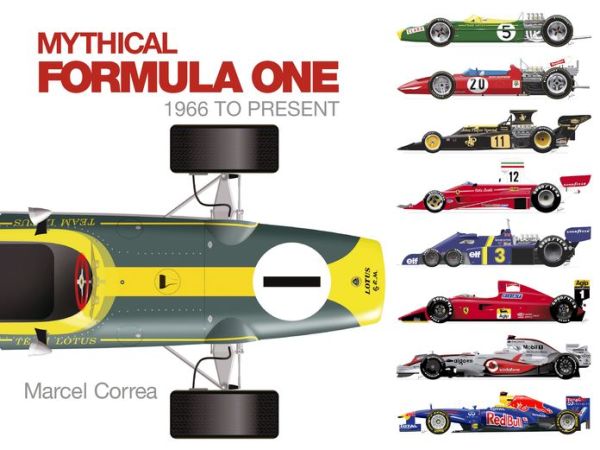


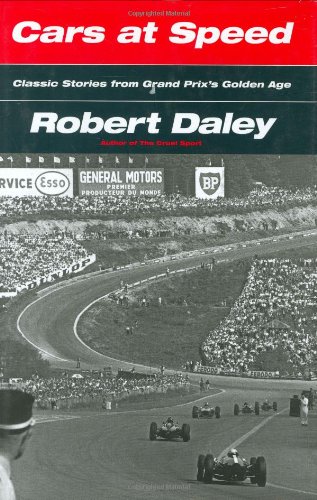





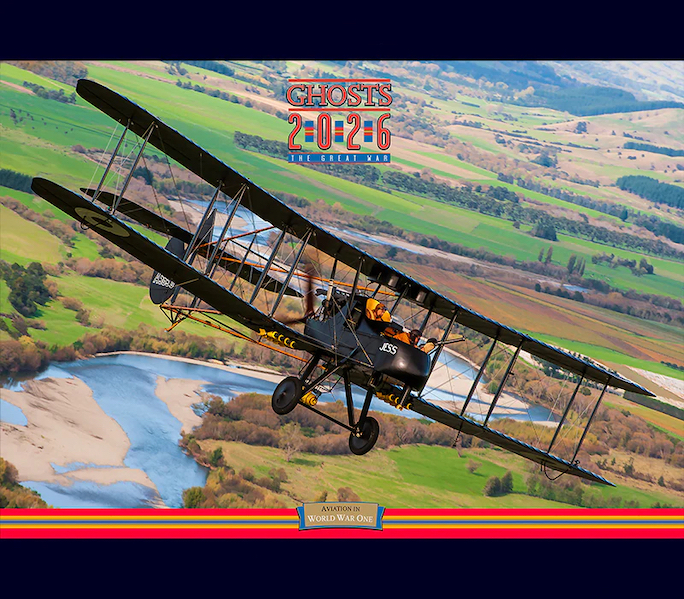

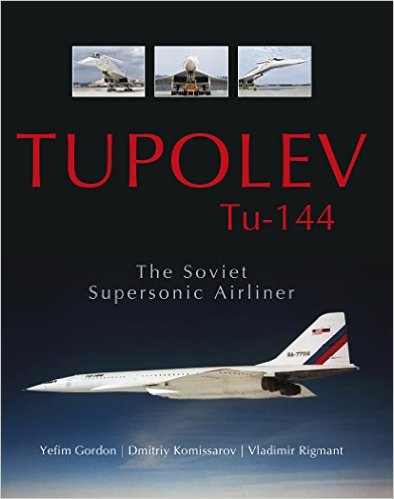
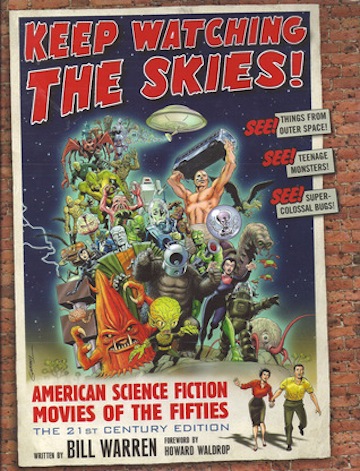

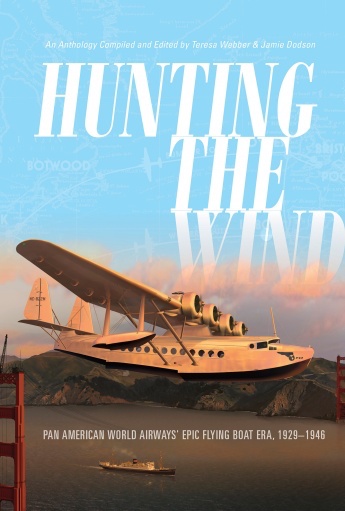
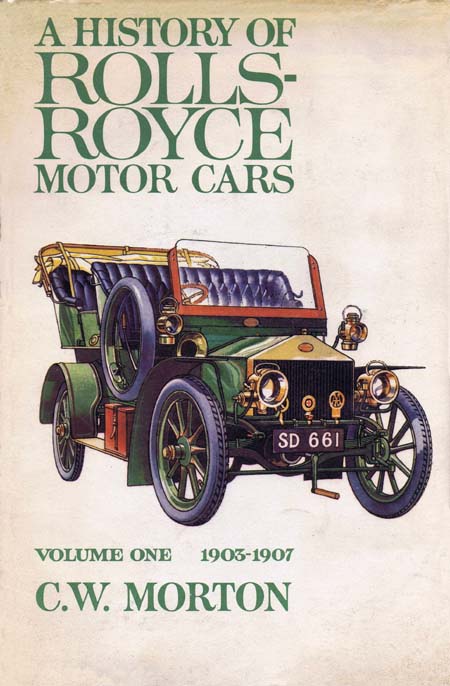
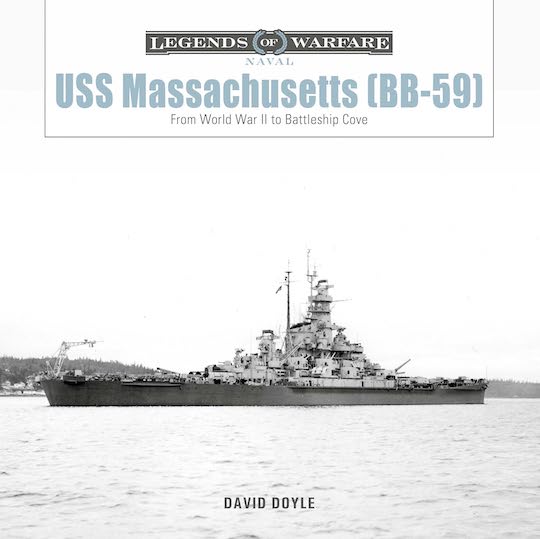

 Phone / Mail / Email
Phone / Mail / Email RSS Feed
RSS Feed Facebook
Facebook Twitter
Twitter